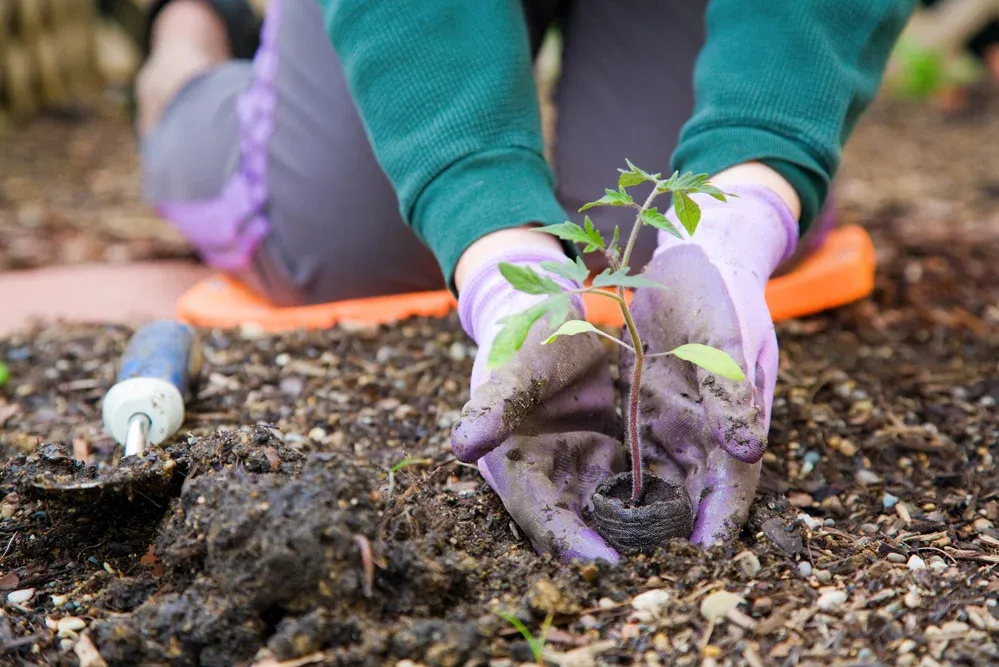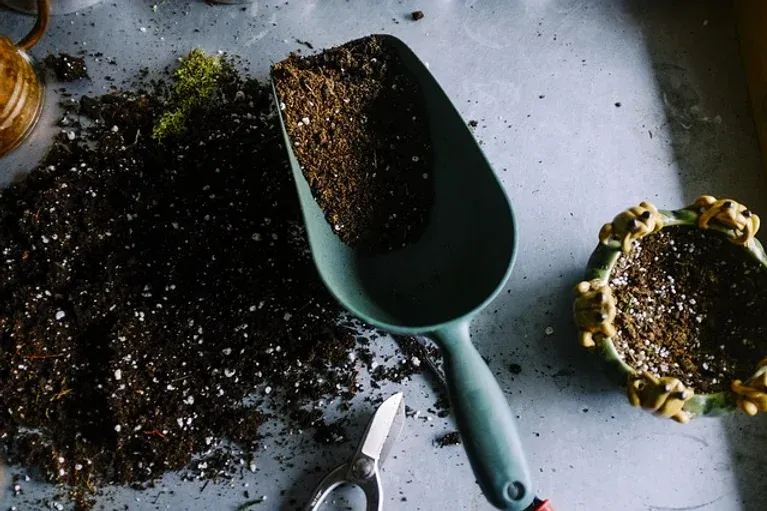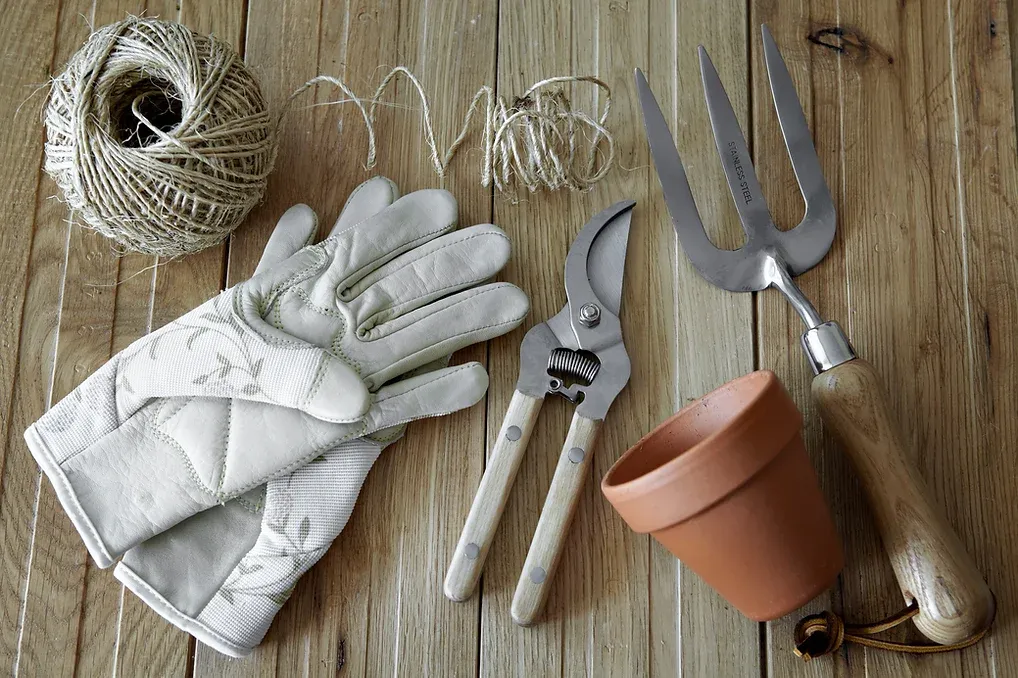Growing & Maintaining a Herb Garden
Hints & Tips
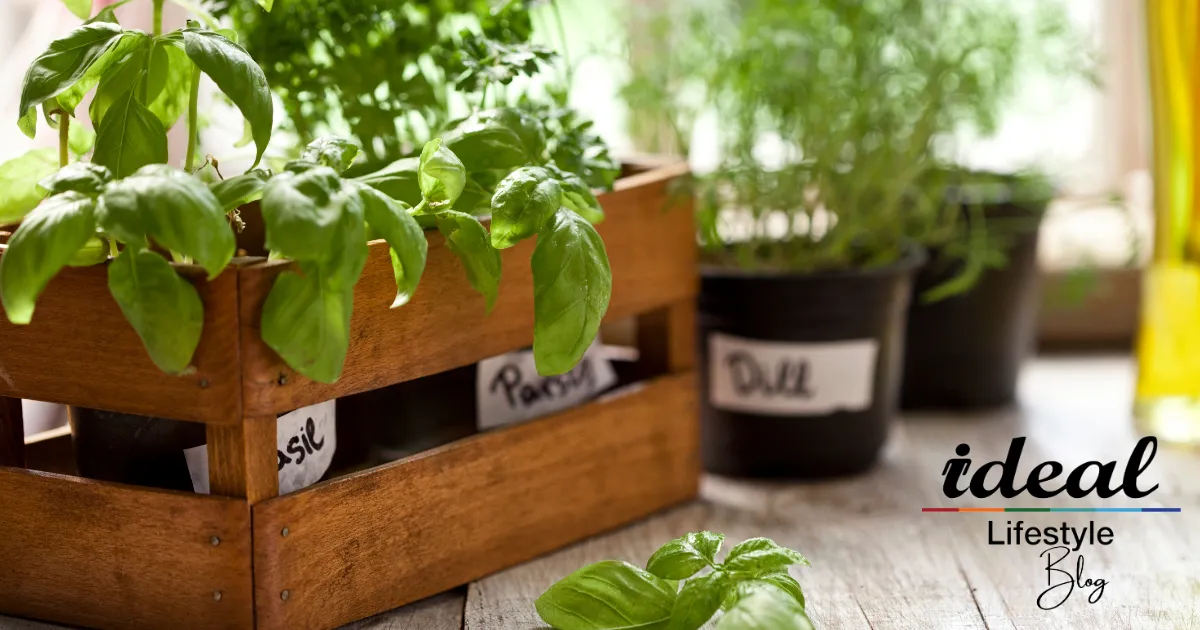
Herbs are both useful and ornamental and are used to flavour food, add scent to perfume and they are even used for medicine in some parts of the world. Since Jamie Oliver sprung onto our screens and started plucking basil and sprinkling it on his dishes ‘from a height’, many of us have gone a bit herb mad and started to cultivate our own herbs to sprinkle from a height right in our own kitchens and gardens.
However, it can be all too easy to plant a herb with the best of intentions, only to find it’s wilted, gone woody or simply died a death and you have no idea why. Herbs can be tricky to keep alive and well, but are superbly beautiful, fragrant and tasty when we manage to do so, so are well worth the effort.
Want to grow and maintain your herb garden like a pro?
Here’s How:
Remember Which Plants Need Sun And Which Need Shade
Top Selling Herb Plants - Amazon
Despite many common garden herbs originally coming from the Mediterranean, they will actually thrive in the shade just as much as they will in the sun.
Examples of herbs that will happily grow in the shade or sun are; oregano, sage, rosemary and thyme. Certain herbs like coriander and parsley are particularly partial to the shade and vigorous types all need shade to survive well.
Be Aware Of Herb Pests
You may well have noticed your rosemary, sage, thyme or lavender has become covered in a bubbly watery substance that looks a bit like spit. This has come from the rosemary beetle which lays its eggs on these herbs all the way from Summer through to late Spring.
The eggs will hatch and go on to eat the plants for around 3 weeks. They shouldn’t kill the plant as they aren’t on it long enough to do much damage and they don’t transmit any disease to it.
You have a few options when it comes to dealing with rosemary beetles. You can let them be and simply pick from parts of the herb where there aren’t any beetle eggs, taking care to thoroughly wash the herb before use.
Alternatively you can pick them off the plants and then destroy them yourself. Pesticides are best avoided in general as they are bad for the bees.
Remember Herbs Can Take Over If You’re Not Careful
Certain herbs may become very large, or spread across your garden if you’re not careful. Mint is a particularly well known herb for ‘spreading’. Planting mint in pots will help, or growing them in a shaded area can also calm their speedy spread.
Lavender is also known for getting too big for its boots very quickly which means it gets very woody. Lightly trim your lavender after Summer to help it keep its shape.
Continually Harvest Your Herbs
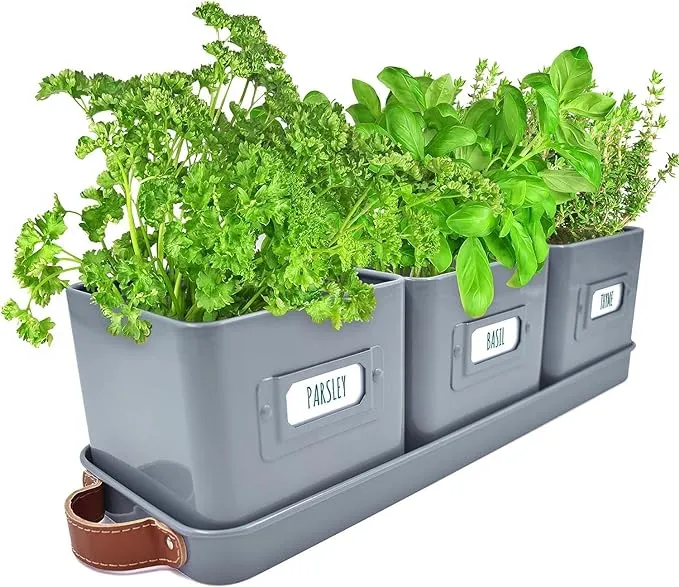
It is a really good idea to pick regularly from your herb plants to encourage fresh leaves to grow. As long as the plant does not flower and go to seed, you should be able to harvest from it continually.
Eat Your Herb Flowers
Lots of herb flowers are edible, and look absolutely stunning as garnishes or as part of salads and pasta dishes. Chive flowers are fabulous in mash, salads and sandwiches. Marigolds, rocket, rosemary and thyme flowers are all very pretty and really do brighten up any dish.
Always take care to check that your herb grows edible flowers before eating it as the flowers of some plants are poisonous.
Know When To Cut Back Your Herbs
Herbs like mint and chives will need a good trim after they have flowered in order to encourage more shoots to come up. Herbs with woody stalks like lavender, sage and thyme will need lightly cutting back after flowering or in Autumn in order to stop them getting too woody.
Embrace Your Herbs!
Herbs are a great addition to any windowsill or garden. As long as you check where they need to be planted and what type of maintenance they need, you’ll have a flourishing herb garden in no time!

